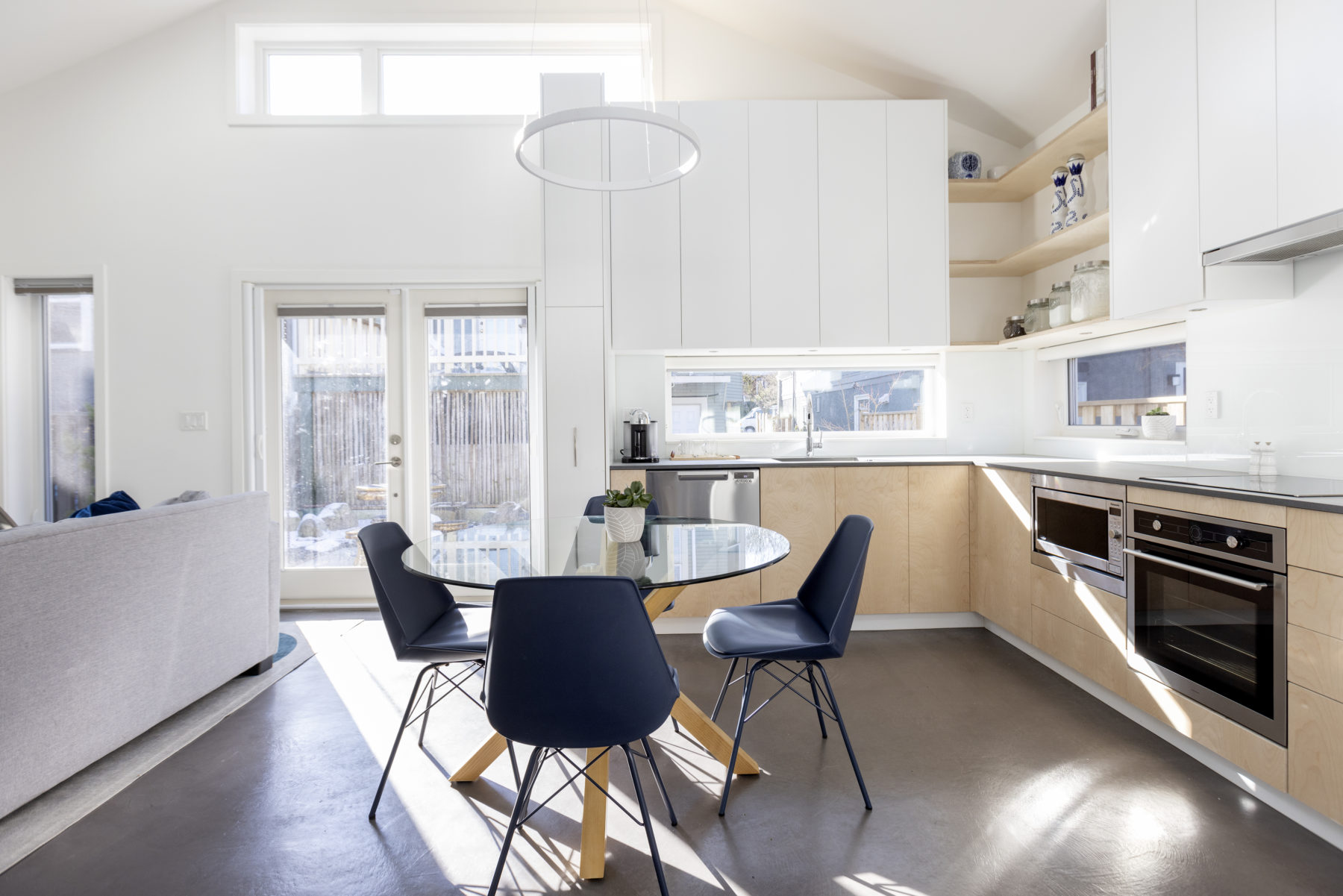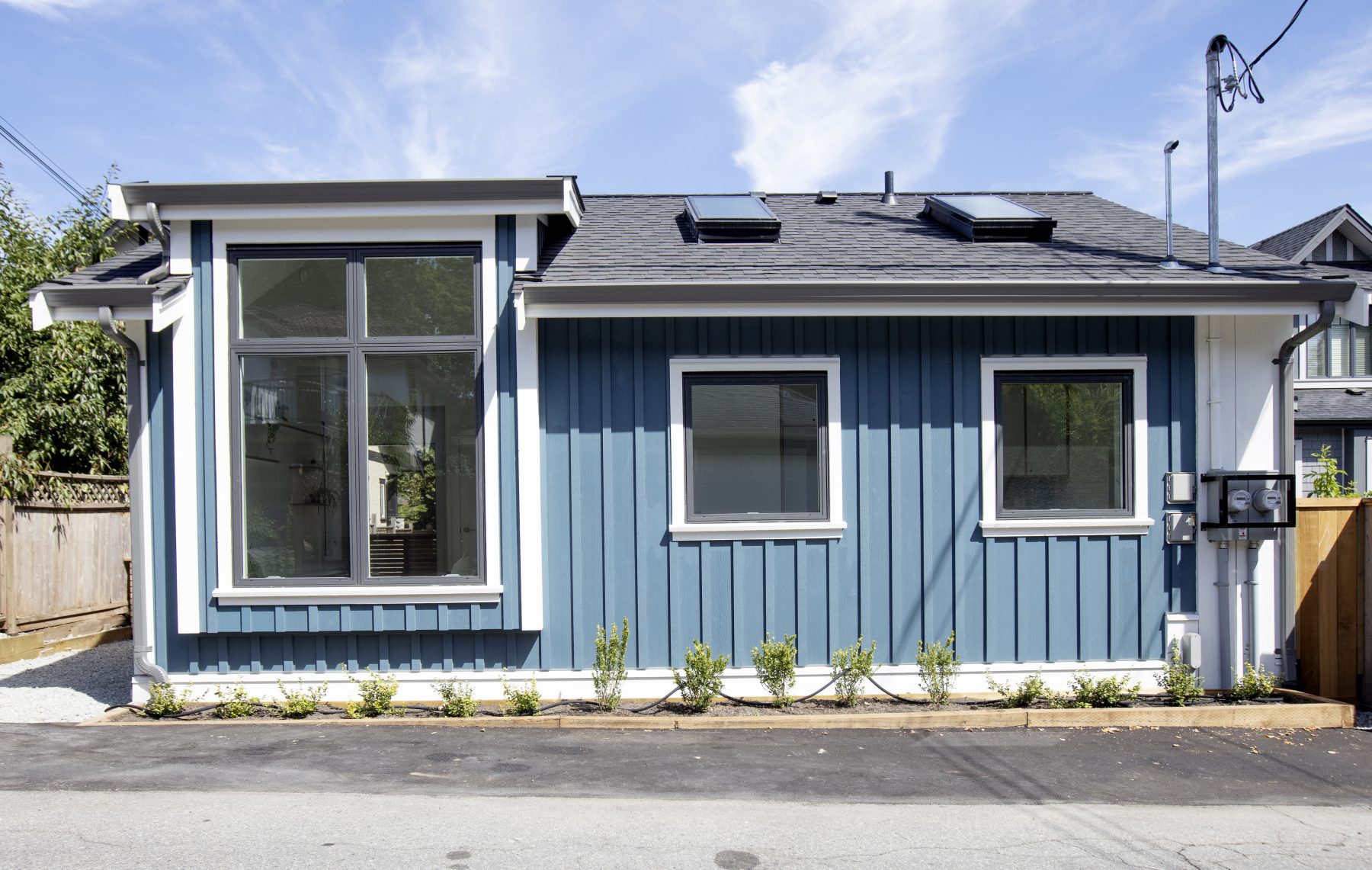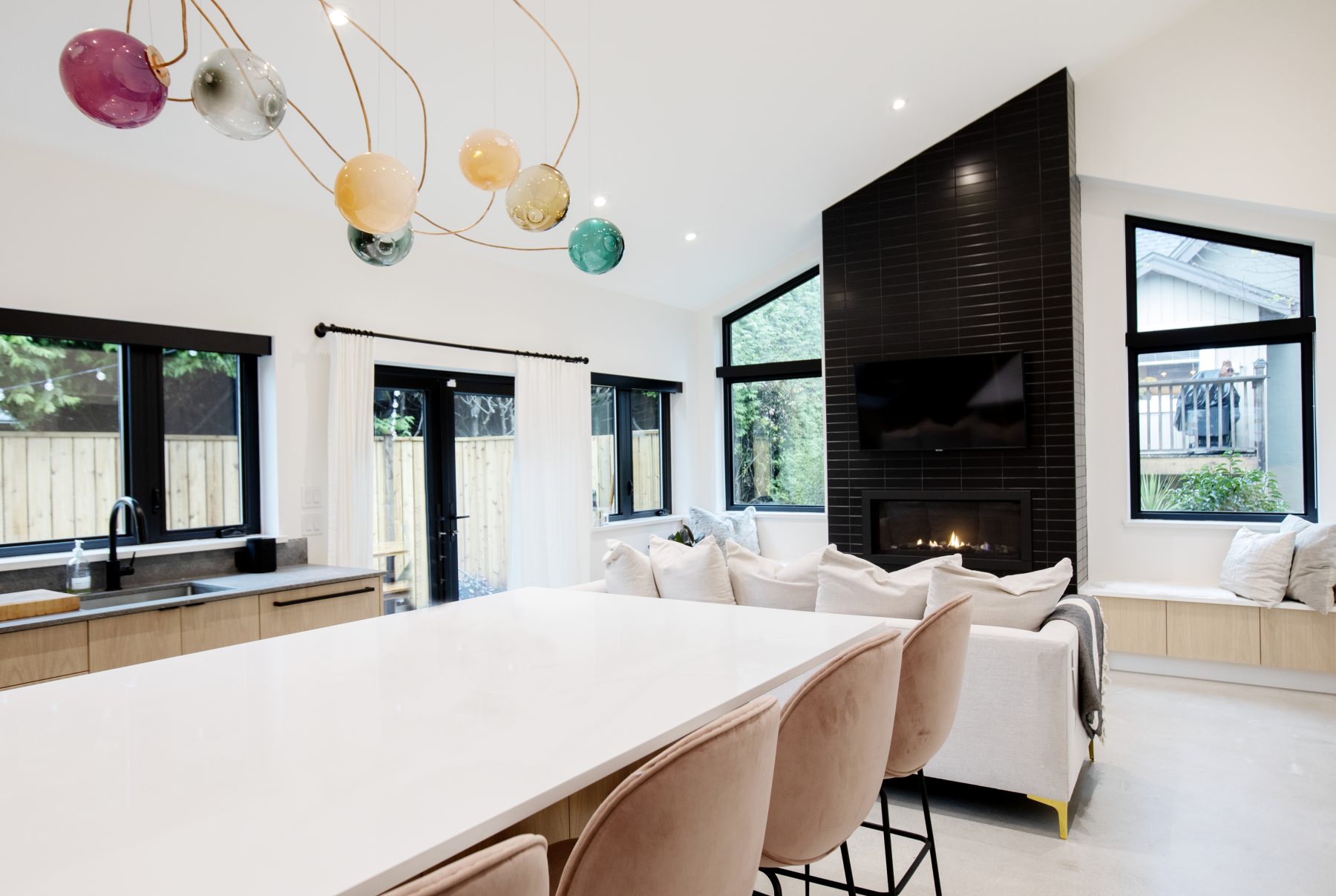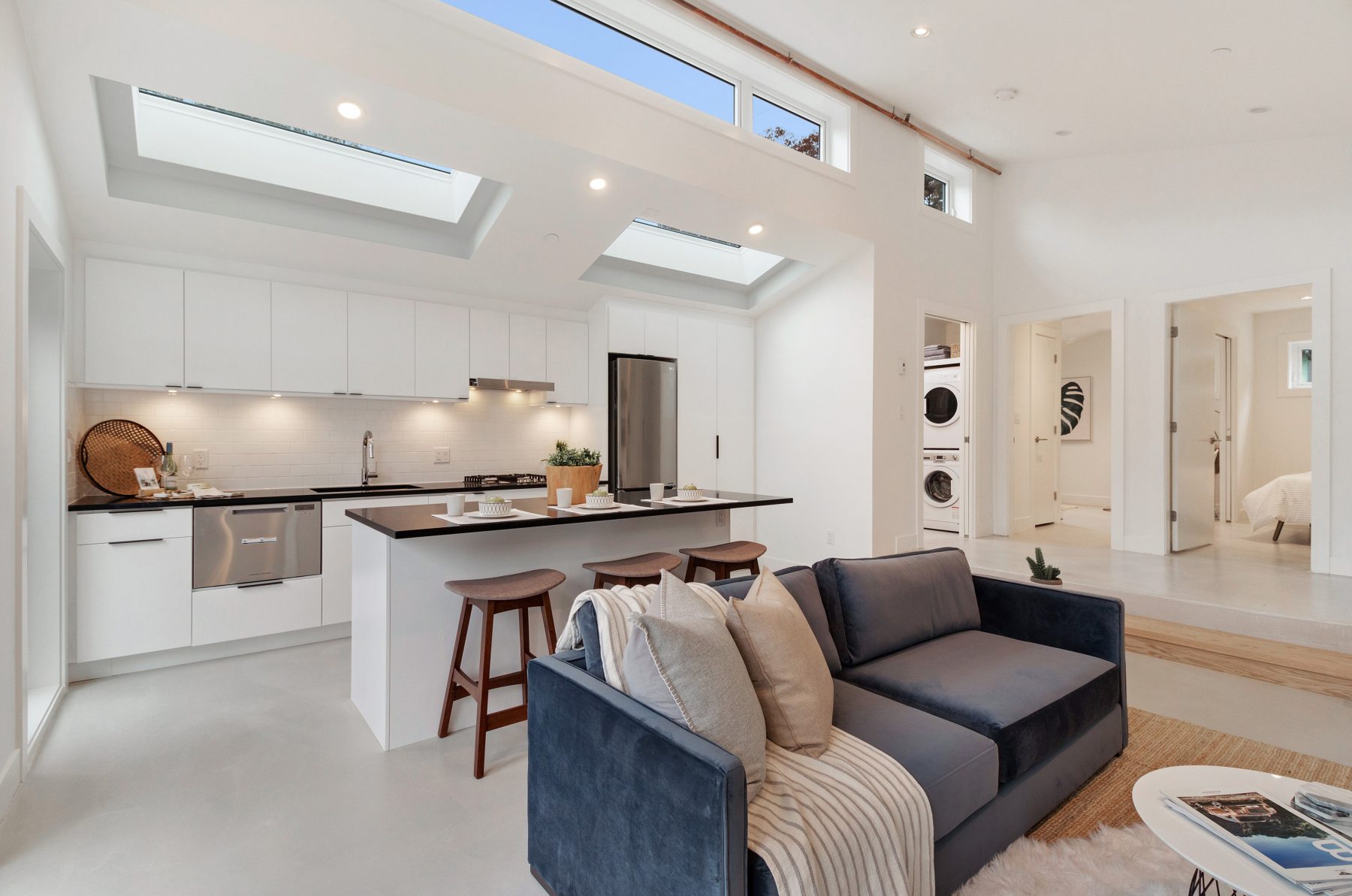The Art of Aging Gracefully – One Level Laneway Homes in Vancouver

In the bustling city of Vancouver, British Columbia, the concept of aging has been revolutionized through the emergence of one level laneway homes. These architectural wonders have become a testament to the desire for age-friendly spaces in a rapidly changing urban landscape. As Vancouver continues to evolve, so too does the concept of aging in place, with one level laneway homes emerging as an elegant solution to the challenges faced by an aging population. This article explores the beauty and benefits of aging in place in these innovative and stylish homes.
At the heart of the matter, the term “laneway home” refers to a small, detached dwelling situated on the same lot as a larger primary residence, typically facing an alley or laneway. In Vancouver, these homes have been designed with the intention of accommodating a diverse range of occupants, from young professionals seeking an affordable housing solution to older adults looking to downsize while remaining close to their families and communities.
One level laneway homes are specifically designed with the needs of aging residents in mind. These residences eliminate stairs and other barriers that can present challenges for older adults or individuals with mobility limitations. The result is an accessible, age-friendly space that fosters a sense of independence and autonomy, even as the natural progression of aging unfolds.
The benefits of aging in place in a one level laneway home are numerous and varied. Beyond the physical ease of navigating a single-story residence, the psychological and emotional benefits of remaining in a familiar environment cannot be underestimated. The connection to a lifetime of memories, the comfort of familiar surroundings, and the support of an established community are all crucial factors in maintaining a high quality of life as one ages.
In the context of Vancouver’s housing market, one level laneway homes present an economically viable option for older adults who wish to downsize without sacrificing their independence or sense of place. By remaining on their existing property, older homeowners can continue to benefit from the equity they have built up over the years, while also generating rental income from the primary residence if they choose to do so. This financial flexibility can be a vital tool in ensuring a comfortable and secure retirement.
The design principles of one level laneway homes in Vancouver echo the aesthetic sensibilities of some of our most celebrated local architects, like Arthur Erickson or Bing Thom, both of whom so eloquently celebrated the harmony between architecture and nature. These homes are often characterized by a minimalist, contemporary design that embraces the integration of indoor and outdoor spaces. Large windows, skylights, and sliding glass doors are common features that serve to maximize natural light and create a seamless connection to the surrounding environment.
In addition to their visual appeal, these design elements also serve a practical purpose in promoting an age-friendly living environment. For instance, large windows and skylights can contribute to improved mental health by reducing feelings of isolation and providing a sense of connection to the world outside. Moreover, these features can also support physical health by encouraging passive solar heating and improving indoor air quality through natural ventilation.
The thoughtfully designed outdoor spaces of one level laneway homes are another hallmark of this architectural trend. Courtyards, gardens, and patios are often incorporated into the design, providing an extension of the living space and offering a peaceful retreat for relaxation and rejuvenation. These outdoor spaces can be adapted to suit the specific needs of the homeowner, with features such as raised garden beds, ramps, and slip-resistant surfaces promoting accessibility and ease of use for older adults.
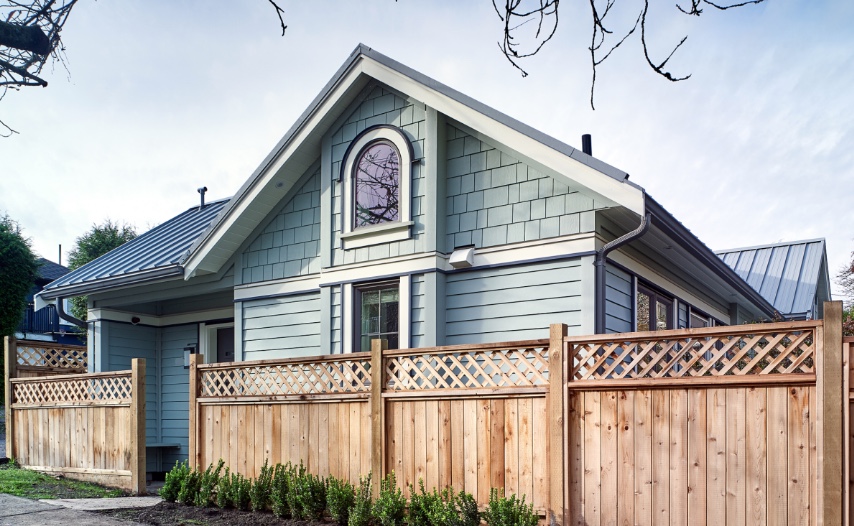

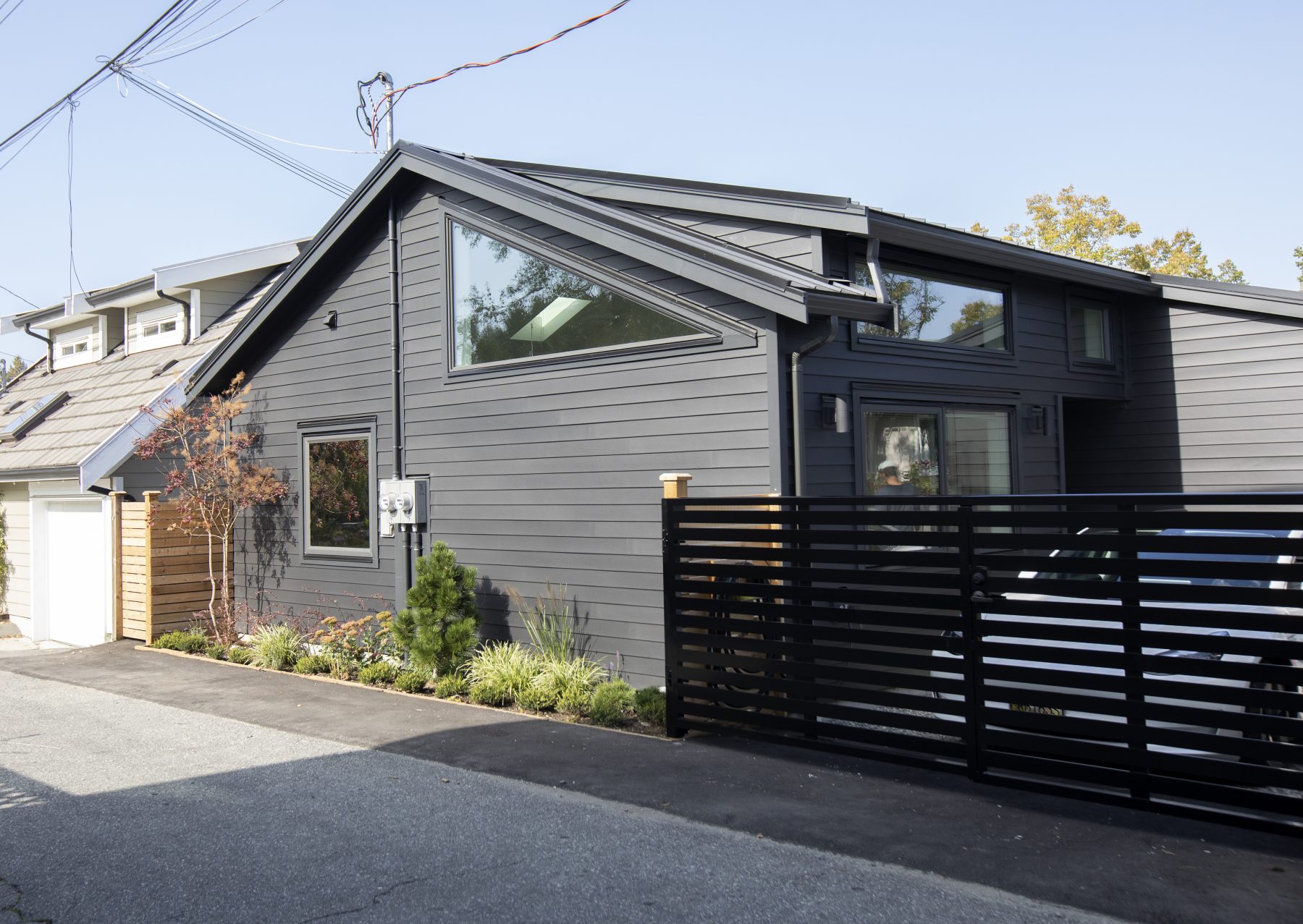
A one level laneway home in Vancouver does not merely exist in isolation; it is part of a broader urban fabric that recognizes the value of age-friendly design. The city of Vancouver has adopted a progressive approach to urban planning, with initiatives such as the “Vancouverism” movement promoting walkable neighborhoods, mixed-use developments, and sustainable design principles. As a result, aging in place within a one level laneway home is not only an individual choice but also a part of a collective effort to create a more inclusive and resilient urban environment.
This city-wide commitment to age-friendly design is evident in the accessibility and availability of essential services and amenities within close proximity to laneway homes. Older adults living in these dwellings can enjoy the convenience of nearby grocery stores, healthcare facilities, parks, and recreational centers, as well as public transportation options that support their independence and mobility.
Moreover, Vancouver’s emphasis on fostering intergenerational connections further enhances the benefits of aging in place within a one level laneway home. By promoting social interaction and exchange between older adults and younger generations, the city aims to build a strong sense of community and belonging. This focus on inclusivity is evident in the design and programming of public spaces, as well as in initiatives that encourage older adults to actively engage in community life.
In conclusion, the one level laneway home phenomenon in Vancouver, BC, represents a forward-thinking approach to accommodating the needs and desires of an aging population. These stylish and functional dwellings exemplify the delicate balance between aesthetics and practicality, while also promoting a sense of place and belonging for older adults who choose to age in place.
By embracing the principles of age-friendly design and celebrating the unique contributions of older residents, Vancouver is setting a precedent for other cities around the world. The one level laneway home is not merely a housing solution; it is a symbol of a broader commitment to creating inclusive, sustainable, and vibrant urban communities that support the well-being of residents of all ages.
As our body of work highlights the beauty and brilliance of small scale architecture, so too does the emergence of one level laneway homes in Vancouver shine a light on the possibilities for aging gracefully and purposefully within the city’s ever-evolving landscape. These innovative dwellings stand as a testament to the power of thoughtful design in enhancing the quality of life for older adults, and as a beacon of hope for a more inclusive, compassionate, and sustainable urban future.

